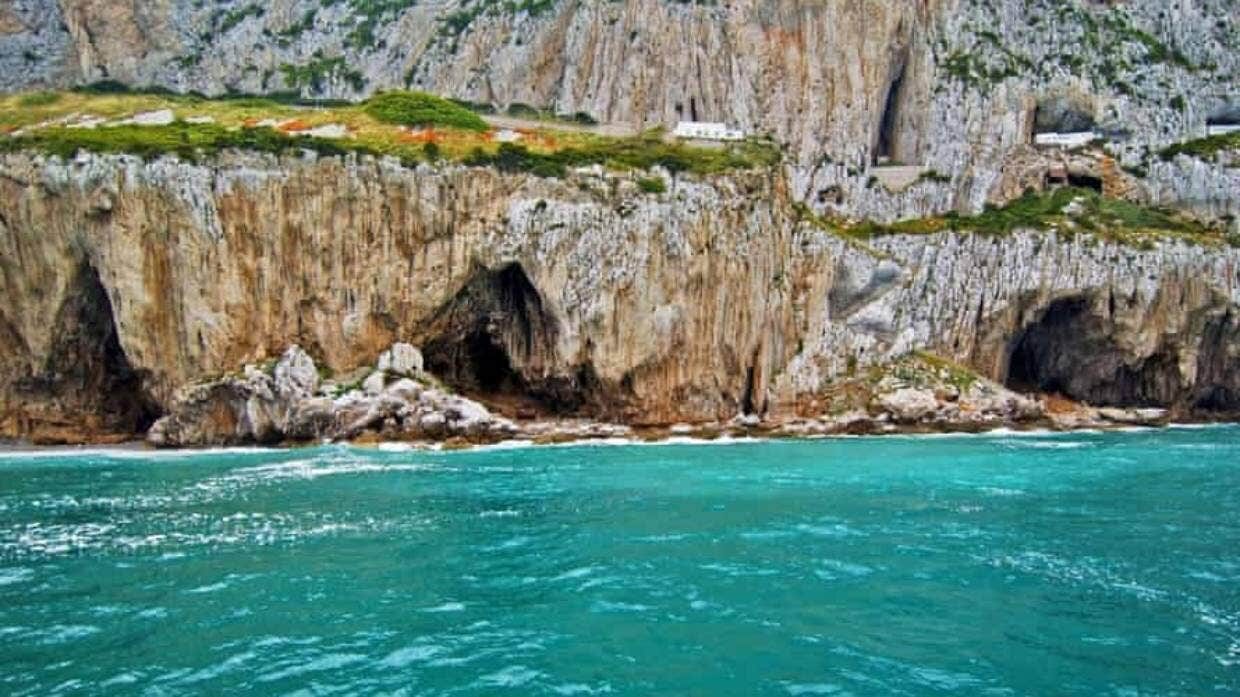Located in steep limestone cliffs on the eastern side of the Rock of Gibraltar, the four caves in the Gorham's Cave Complex have been found to contain extensive archaeological and palaeontological deposits that provide evidence of Neanderthal occupation.
The roof chamber was found at the very back of Vanguard Cave, where a project has been under way since 2012 to find out if the cave had passages and chambers that were plugged by later sediment, Gibraltar National Museum said.
"Initial surface finds have produced remains of lynx, hyaena and griffon vulture as well as scratch marks on the walls, produced by a carnivore as yet to be identified.
"There is also a large whelk which must have been transported up to the chamber which, even today, is well away from the coast. There is also evidence of ancient earthquakes."

"That's already a hint that people have been up there."
Evidence of Neanderthal occupation found elsewhere in the caves includes hearths and stone tools, as well as the remains of butchered animals such as red deer, ibex, seals and dolphins.
Four years ago, researchers found the milk tooth of a four-year-old Neanderthal child in an area frequented by hyenas.

So far, no burial site has been found in the caves, and Finlayson speculated that digging down from the chamber at the apex of the cave could lead to side chambers and perhaps even a site where the Neanderthals placed their dead.
Until 10,000 years ago, when sea levels were lower than today, there was a sandy coastal plain to the east of the caves. Now under the Mediterranean Sea, the plain extended east for up to 5 kilometres, and along with the Gibraltar's cliffs and dunes, was a hunting ground of the Neanderthals.
Underwater archaeological exploration has identified freshwater springs and rock sources for Neanderthal tool-makers. The Neanderthals hunted or scavenged birds and sea mammals such as dolphins, and collected marine molluscs such as limpets.




Reader Comments
RC